
SEARCH THE WEBSITE
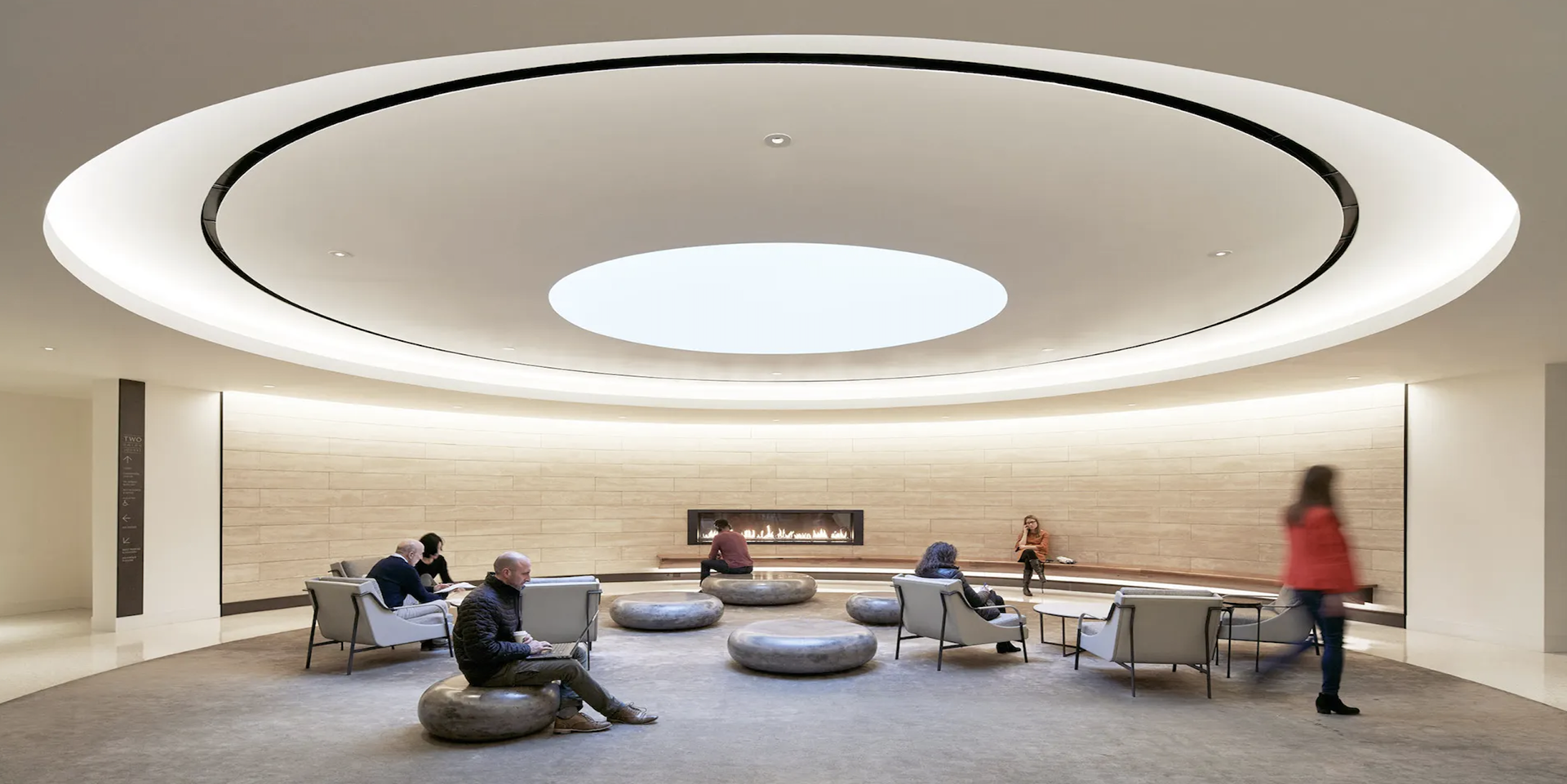


ALL designs faceted facade to create a play of light across Bodø City Hall
The faceted, limestone-clad facades of this town hall in Bodø, Norway, have been designed to capture the dramatic changes in light and shadow that are characteristic within the Arctic Circle. Designed by Danish studio Atelier Lorentzen Langkilde (ALL), the town hall in northern Norway combines a contemporary building with two existing structures – the original city hall and a former bank.
Several characteristics of lighting, including quantity, spectrum, timing, duration, and distribution, determine its nonvisual effects on our bodies and minds. The influence can be positive, but also negative if, for example, light is delivered at the wrong time. Think screen time on electronic devices before bed or in the middle of the night. The disruption of circadian rhythms has been associated with health problems such as metabolic diseases, depression, and some types of cancer.
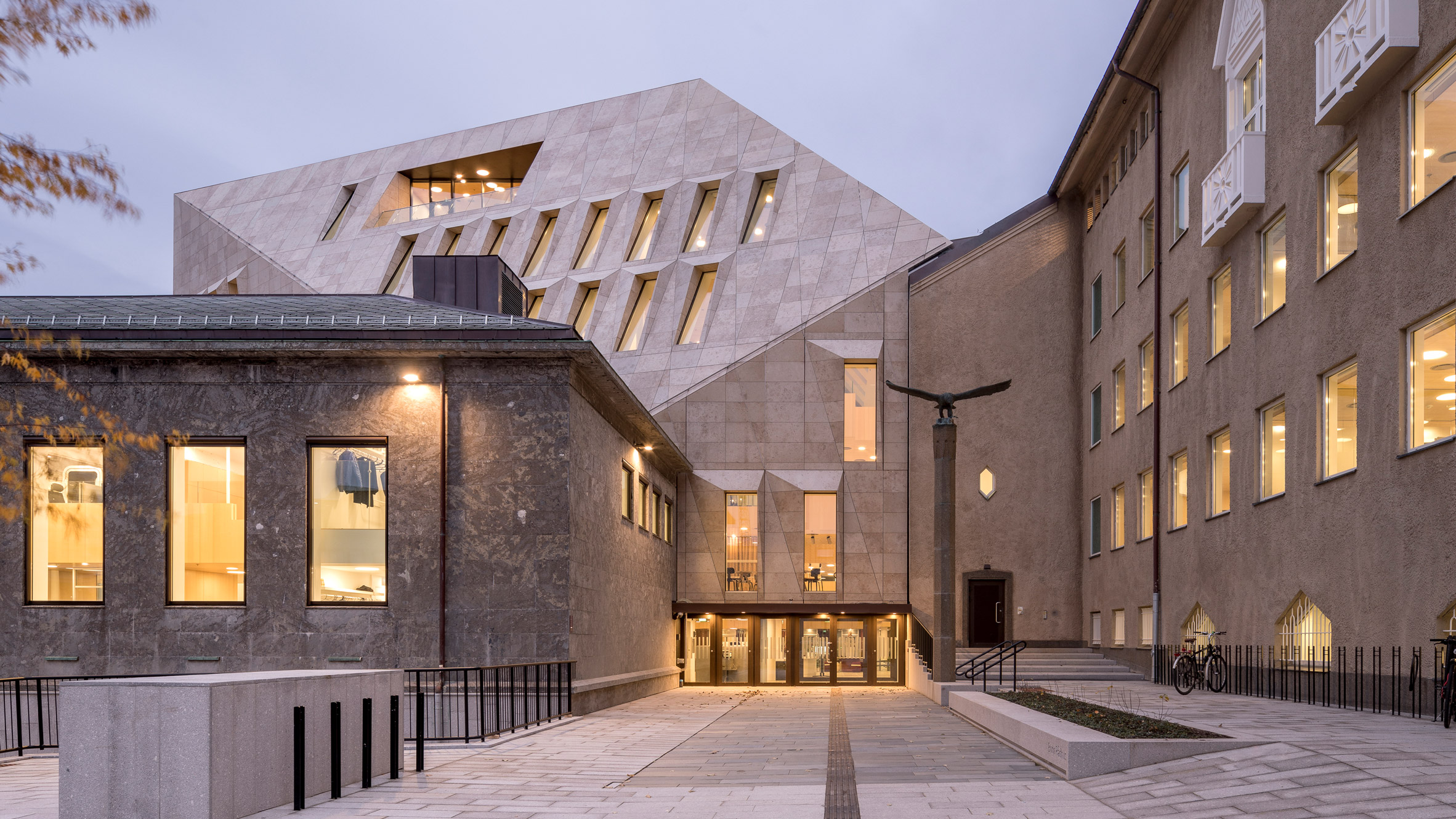
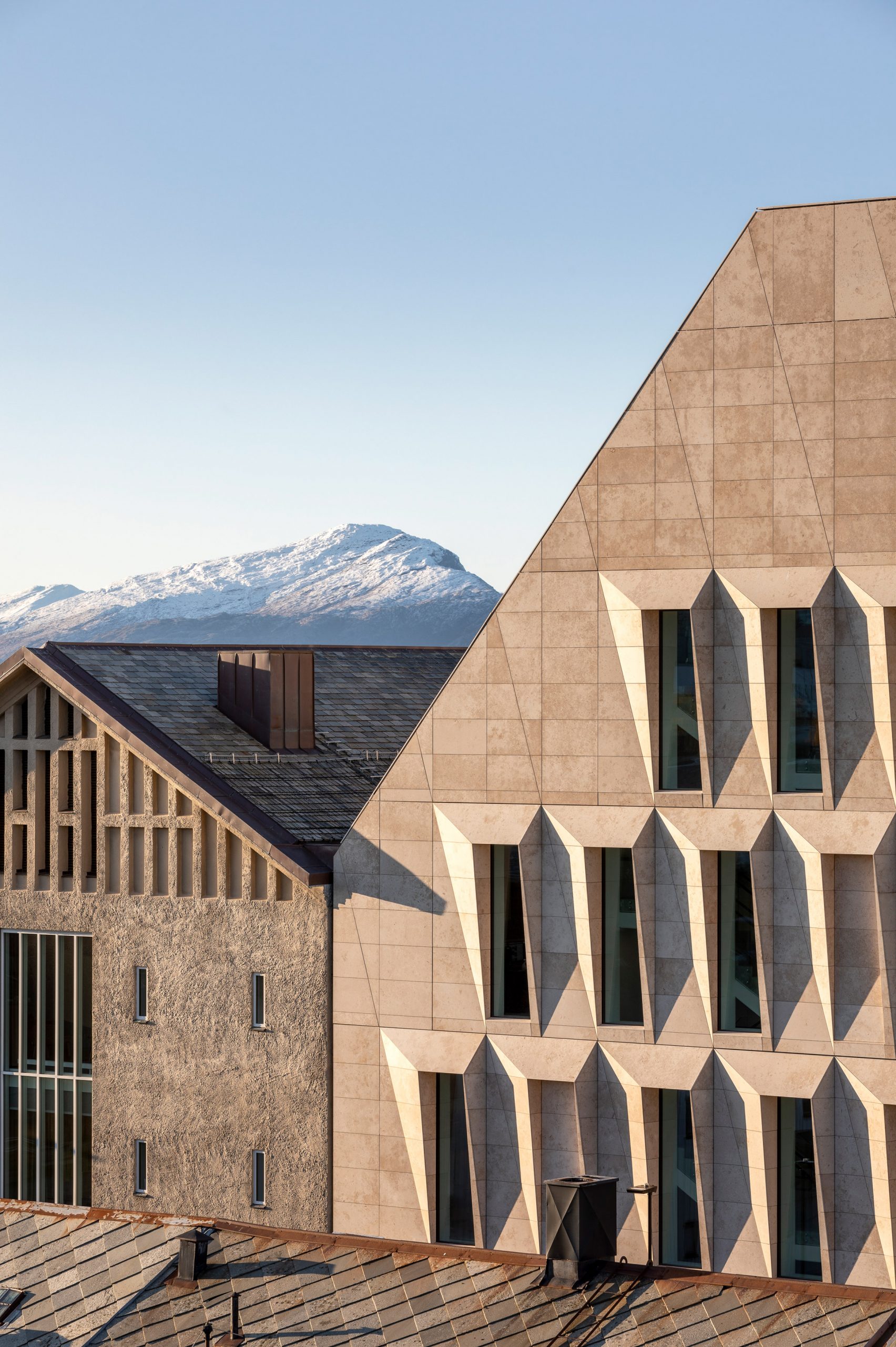
“We don’t fully understand everything there is to know about light’s nonvisual effects, but we know enough from the research over the past 30 years to be able to apply light to improve sleep, mood, and well-being in a variety of environments,” Figueiro says.
The LRC, for one, develops metrics and tools to help lighting designers understand and apply circadian light in the built environment. Circadian stimulus (CS) measures the effectiveness of the retinal light stimulus for the human circadian system from threshold to saturation; in other words, this metric allows designers to compare the ability of different light sources to stimulate the circadian system. With funding from the U.S. General Services Administration, the LRC has conducted several studies that found office workers receiving high CS throughout the workday felt more energetic and alert than workers receiving low CS. The former group also experienced better sleep and felt less depressed.
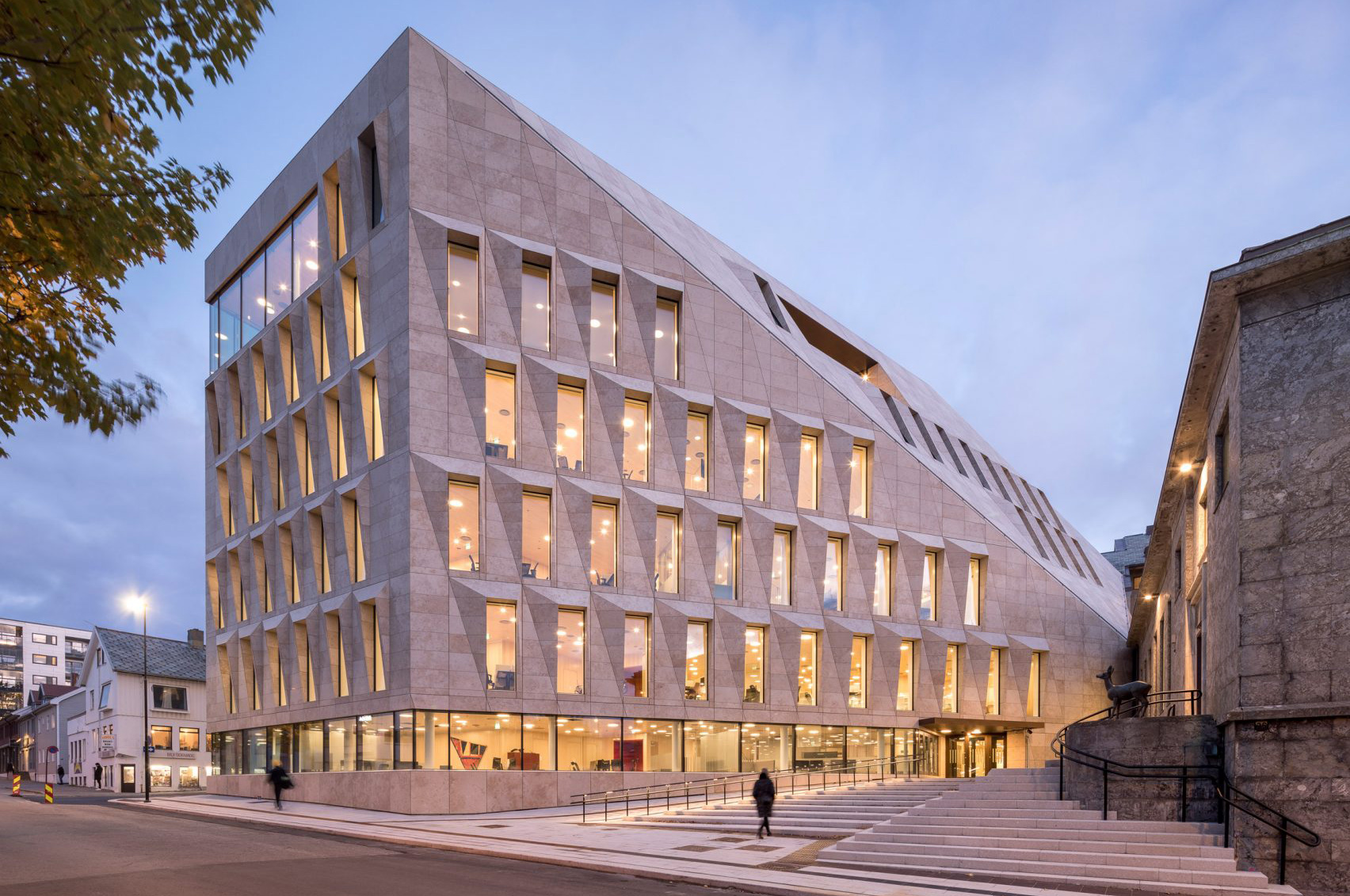
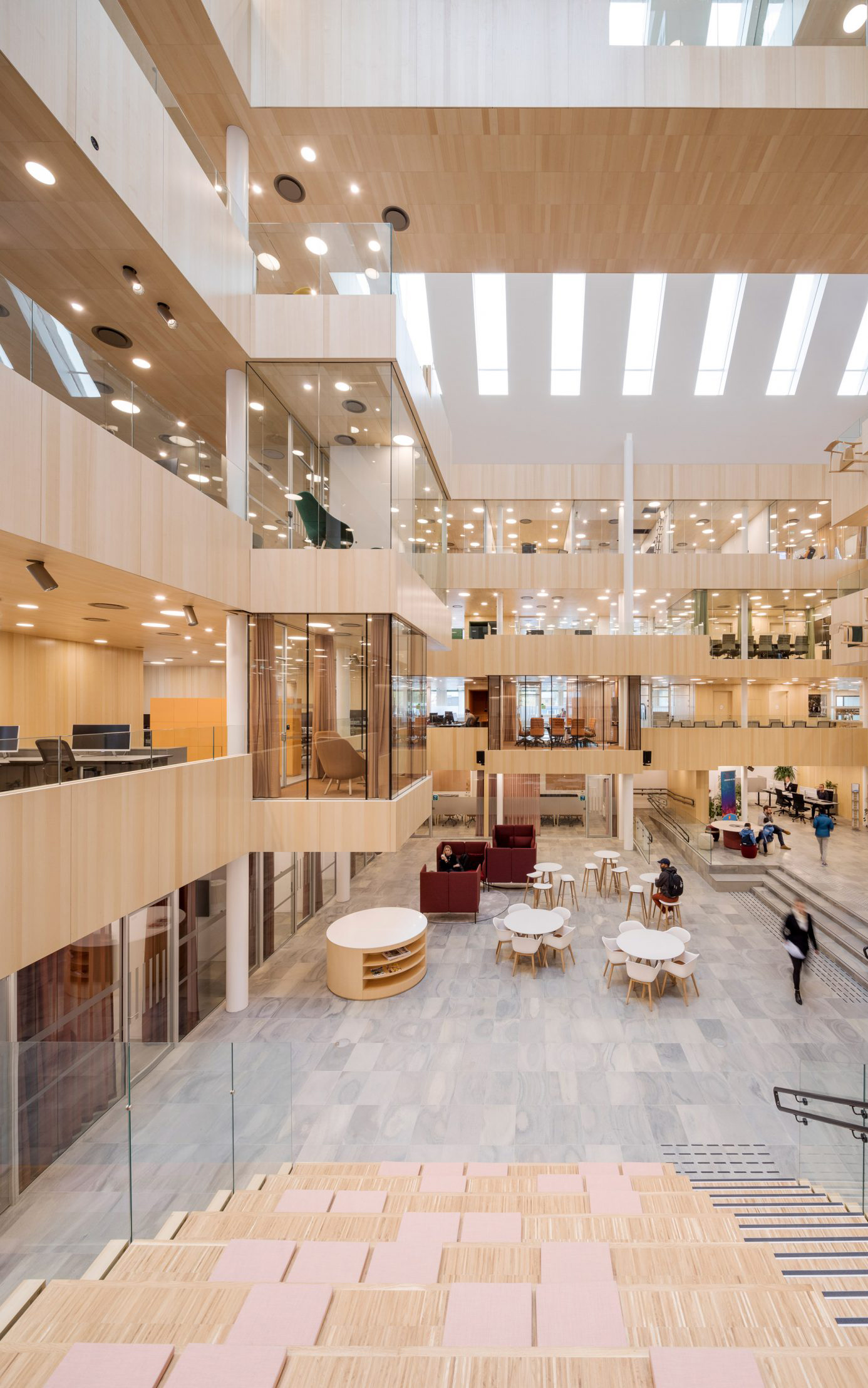
Generally speaking, natural is best and lighting is no exception: Daylight is the ideal source for regulating the circadian system. However, people tend to spend most of their day in interior environments, the majority of which Figueiro believes are under-lit: “Due to restrictive energy codes, daytime light levels in buildings are often too low or at threshold for activating the circadian system,” she says. “Even in open offices with many, large windows, workers do not receive enough daylight to stimulate their circadian system, due to factors such as season, cloud cover, desk orientation, and window shade position.”
Tunable luminaries can be programmed to change circadian stimulus. In these two hypothetical examples, the top schedule increases and decreases light output while fixing color temperature, while the bottom schedule alters both light levels and color temperature. “Many manufacturers have made claims of tunable white light fixtures [that can change in CCT] as ‘circadian,’ ” says Keith Yancey, AIA, principal at architectural lighting consultancy Lam Partners, in Cambridge, Mass. “While there is clearly a perceptive difference in CCT, which can make spaces feel warmer or cooler, actually stimulating the nonvisual cortex requires increased light levels in order to be effective.”


Painting with Light
More recent design approaches favor using layers of light from a variety of sources to mimic the effects of natural light, rather than simply delivering white light to surfaces via ceiling-mounted fixtures. Natural light is uneven—brighter areas are offset by shadows—and this contrast creates visual interest.
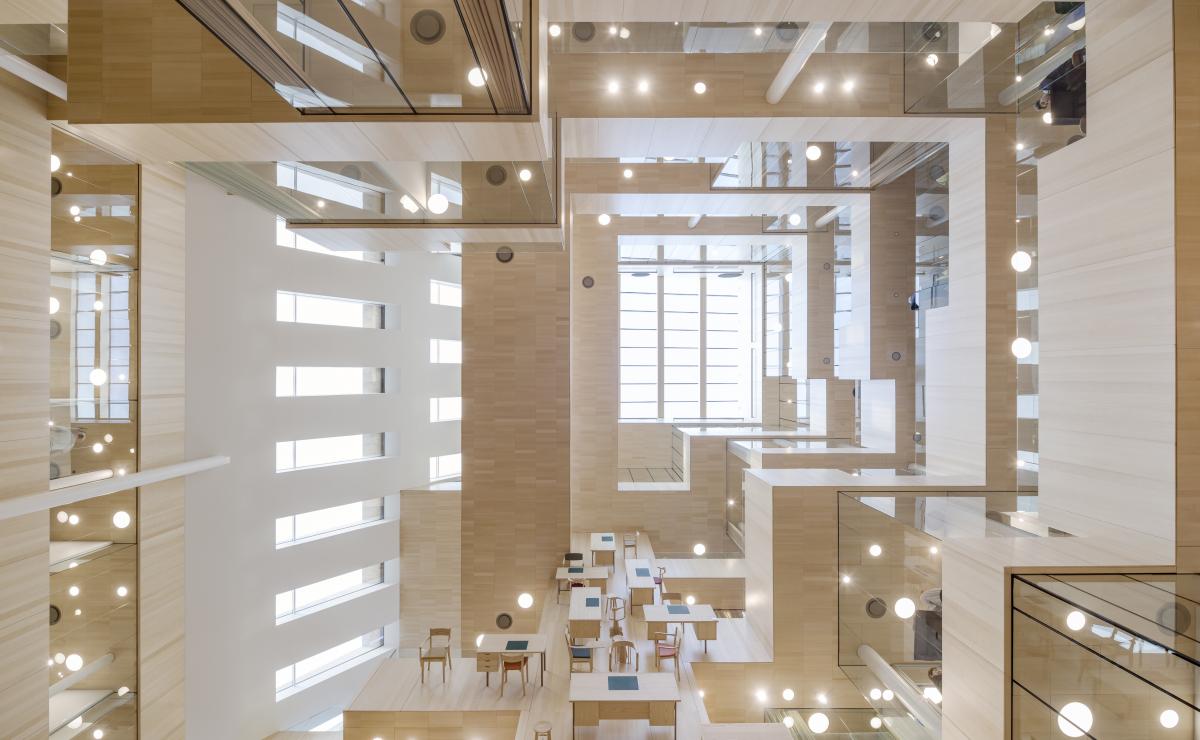
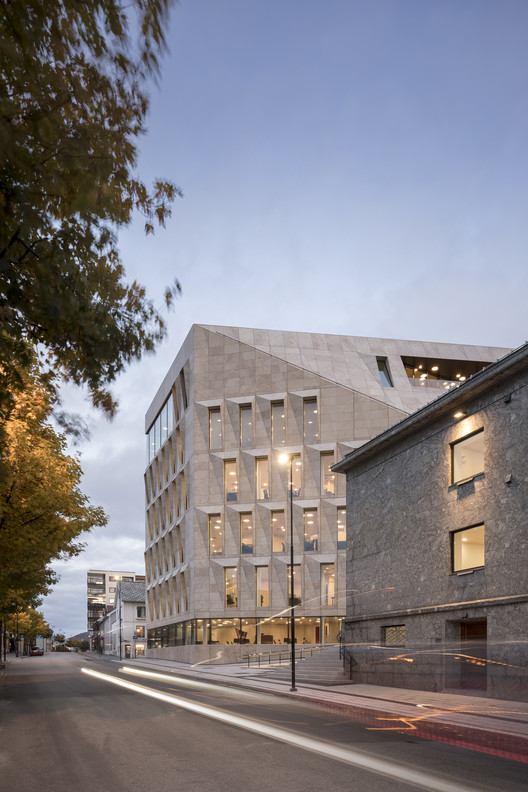
The Verdict
While research on the effectiveness of circadian-attuned light reveals several benefits, the bigger picture from a design standpoint is important. “Sleep regularity and quality are very well proven to be connected to mental and physical well-being, but it would be taking liberties to connect a healthy lighting diet directly to these results,” Yancey says. “Light, while the primary time-giver to the body’s master clock in the brain, is only one of many factors,” which also include eating schedule, external stressors, and social stimuli—such as “Instagram at 1 a.m.–sleeplessness.”
